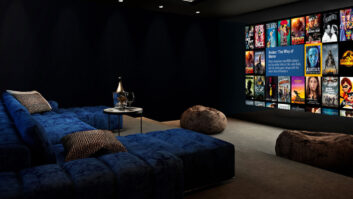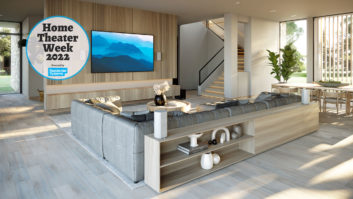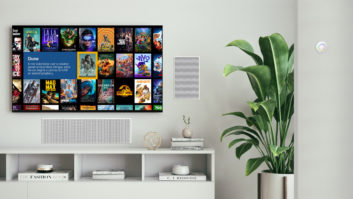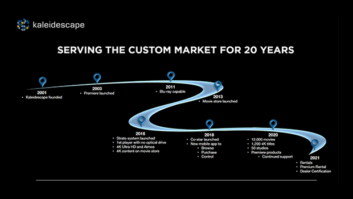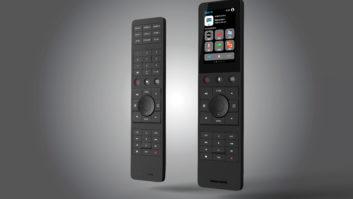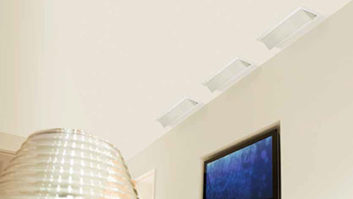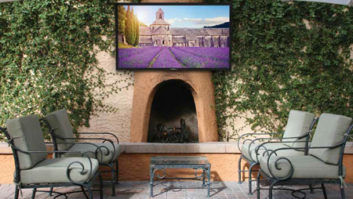I traveled to San Antonio in early May for the ProSource Spring Conference. It’s a fun event where our vendors bring all their latest toys to show off. This year saw demo rooms from Focal/Naim, ARCAM, JBL, Klipsch, Origin Acoustics, KLH, Polk Audio, and many more. The amount of killer sound on display was amazing, and I came away with a singular message: good enough isn’t good enough. In a world where many are happy to listen to the tinny warbling of Amazon’s Echo Dot, there are still plenty of thirsty customers yearning for amazing sound experiences and superior equipment.
I listened to demo after demo in San Antonio, always with the same music. All of the speakers I auditioned sounded great, and it got me thinking. How much of our day to day is spent delivering killer demo experiences for our clients? Not much, it turns out. Our business (and I’m sure I’m not alone) is increasingly about single-room audio/video solutions with speaker bars and very little true surround sound anymore. Does it have to be this way? Of course not. We’re in charge of our own destiny and whether or not we ask a client if they might be interested in something better in the family room or maybe a dedicated listening setup in another room. The truth is, we don’t ask, and we could easily make that change. If today’s consumers are all about experiences, what better offer exists in our world than the escape of true high-fidelity sound?
We’re planning to focus on three key areas in our business based on San Antonio’s aural extravaganza:
1. Understand It
If you’re like me, maybe sometimes you feel like the dumbest guy in the room when hanging around some of the more audiophile members of our industry. We all have our strengths. I may not know much about wine, but I know what good wine tastes like. All that said, it’s a good idea to understand the fundamentals even if only as a basis of comparison. Your customers will appreciate the plain talk.
Common Music Bit Rates:
- Apple Music: 256 kbps
- Spotify: 96–320 kbps
- Pandora: 128–256 kbps
- YouTube Music: 128 kbps
- SiriusXM: 128 kbps
- Tidal: 1411 kbps
- CD: 1378 kbps
- Vinyl: 650-1030 kbps (equivalent for comparative purposes only — vinyl is analog only)
As you can see here, “one of these things is not like the other.” Tidal is hands down the best quality streaming service (by a factor of at least 4x) out there and the only one we should be using to audition high-quality sound systems. Tidal is like listening to your music in widescreen after hearing AM radio content for the last 20 years. By understanding the quantitative difference between the streaming music most people listen to and what’s possible, it’s easy to have a conversation about quality using examples customers can understand.
2.Show It
Before we put a $30,000 projector on display, we didn’t sell $30,000 projectors. After installation we magically began selling better projector gear. The same holds true for great sound systems. It’s not enough to only have a great pair of speakers on display, they have to be backed up with solid interconnects, amplification, power conditioning, and great sources such as vinyl, Tidal, and a player capable of decoding high-resolution audio content formats.
Consider selecting a turntable brand to carry for vinyl lovers. Boomers, Gen X, and Millennials all share a passion for vinyl for reasons ranging from nostalgia to a “cool” factor associated with current artists releasing their albums in 33 rpm format. Do records sound better than CDs or high-fidelity streaming? Just like many great debates, there seem to be more questions and opinions than answers. It’s a great opportunity to offer all three and ask which the client prefers.
Imagine being able to demo the re-release of U2’s Joshua Tree album on vinyl, CD, and Tidal. Does “Where The Streets Have No Name” sound better on one vs. the other? What a great place to have a conversation with a customer about music. Make sure to have a wide array of physical media available for demo or ask your customers to bring in their own. There’s no better opportunity to help a client than in the context of the music they love. It’s not about you.
Related: The High-End Audio Artist
3. Believe In It
If you and your staff don’t buy into the jaw-dropping awesomeness of lossless sound, you’re never going to sell any solutions to clients. Our clients read our enthusiasm and buy into it. If you have a killer sound system at home, in your car, and at your office, your stories about that system will make their way into conversation. I have a set of Polk Audio Stereo Dimensional Array (SDA) speakers sitting behind my desk at Livewire. They’re huge and look like they belong behind the desk of someone who owns a technology business (never mind the fact my wife would never permit them inside our house!). They sound amazing. There’s nothing like occasionally sitting back after work, turning on “Mixed Up” by The Cure on TIDAL (In MASTER quality, thank you very much) and floating away. It’s an experience you can’t forget, and once you’ve had it, you want more. My experiences with lighting control, multiroom audio/video, and home automation were similar. Once I had it installed in my house, I couldn’t shut up about it and customers started picking up what I was putting down.
High-quality sound has taken a backseat to convenience for too long. We finally have a blend of both with services like TIDAL and can reach out to more than just the audiophile niche. Think of selling these solutions as an AND versus an OR. The next time you go to offer a Sonos PLAYBAR single-room solution, ask the client if there’s an area where they might want a 2-channel setup with a Sonos CONNECT ported into a fantastic amplifier and some tower speakers. Control4’s new OS 3 supports high-resolution audio and decodes MQA content. Companies like Mofi make great turntables to play all the vinyl available down at the trendy new hipster record stores.
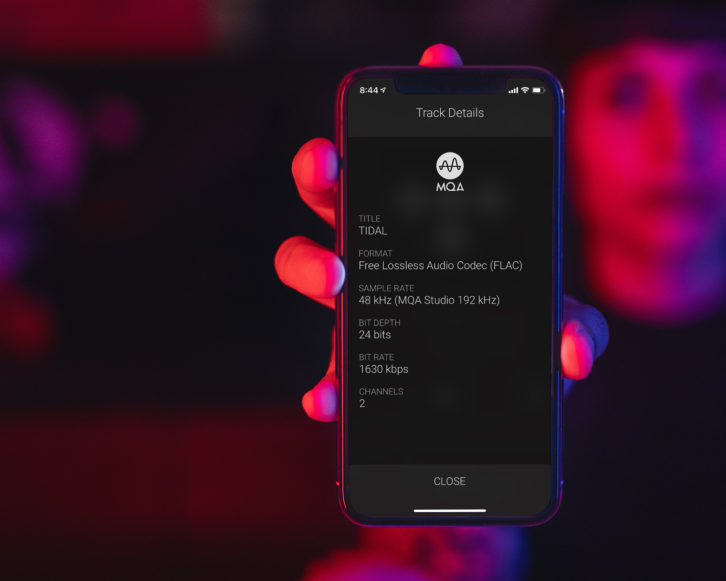
Imagine attaching one of these new 2-channel systems to 20 percent of your new sales at an average $5000 ticket price. For every 20 sales, you’re now generating an additional $20,000 in revenue. Over the course of one year, that could really add up.
Lossless audio listening experiences are a great reminder of why we got into this business to begin with. Nothing beats a great listening experience, and your customers will be excited to buy in to your newfound passion.
